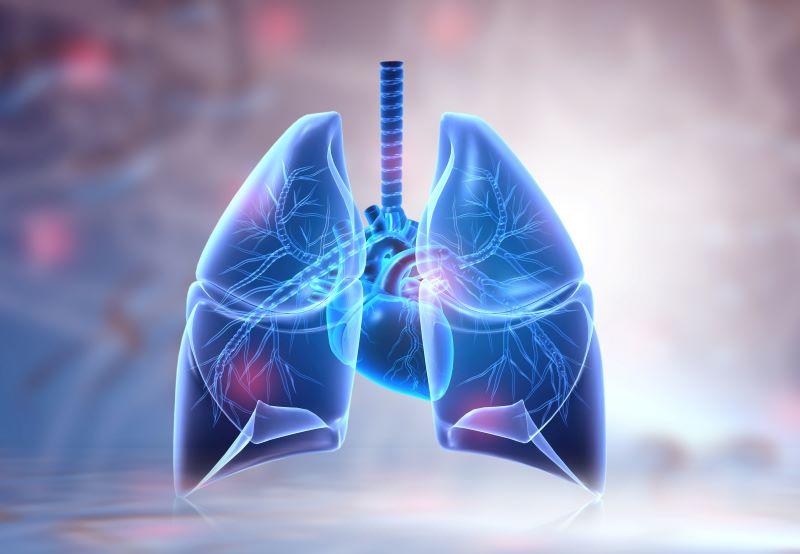Get Healthy!

- Cara Murez
- Posted October 13, 2023
When Lung Cancer Strikes the Young, Women Face Higher Risks Than Men
New research uncovers troubling trends for lung cancer in young and middle-aged women.
Cancer incidence in young women is higher than it is in men, a continuing trend, and now that extends to women over age 50, reversing historical patterns.
"These findings are very concerning,"said study lead author Dr. Ahmedin Jemal, senior vice president of surveillance and health equity science at the American Cancer Society.
"We don't know why lung cancer incidence rates among younger and middle-aged individuals are now higher in women than men, reversing the historical pattern,"Jemal noted in a cancer society news release. "Cigarette smoking prevalence, the major risk factor for lung cancer in the United States, is not higher in younger women than younger men, as are other established risk factors such as occupational exposures."
For the study, the researchers analyzed population-based data on lung and bronchus cancers diagnosed from 2000 to 2019 from the National Cancer Institute's Surveillance, Epidemiology and End Results (SEER) program. This program covers nearly 50% of the U.S. population.
The investigators found declines in lung cancer incidence rates between 2000-2004 and 2015-2019 were greater in men than women, leading to higher incidence in women aged 35 to 54.
In people aged 50 to 54, the rate per 100,000 person-years decreased by 44% in men compared to 20% in women. (Person years is a measurement that takes into account both the number of people in the study and the amount of time each person spends in the study.) Incidence rates continued to be lower in women over 55, but differences were smaller.
The findings were published online Oct. 12 in JAMA Oncology.
"Lung cancer is still the leading cause of cancer death in the U.S., with 80% of cases and deaths caused by cigarette smoking,"Jemal said.
"To mitigate the high burden of the disease in young and middle-aged women, greater effort is needed to promote tobacco cessation at provider and community levels, improve access to tobacco cessation aids and programs through expansion of Medicaid and increase lung cancer screening in eligible women. Also, further research is needed to shed light on the reasons for the higher lung cancer incidence in younger and middle-aged women," he added.
"This research further amplifies the critical need for reducing all barriers to access to care to ensure that women are able to immediately address any symptoms as well as access preventive and early detection screenings at no cost,"said Lisa Lacasse, president of the American Cancer Society Cancer Action Network. "By removing barriers to screenings and adequately funding federal and state tobacco control programs, lawmakers can decrease lung cancer deaths and help end cancer as we know it for everyone."
More information
The U.S. National Cancer Institute has more on lung cancer.
SOURCE: American Cancer Society, news release, Oct. 12, 2023
